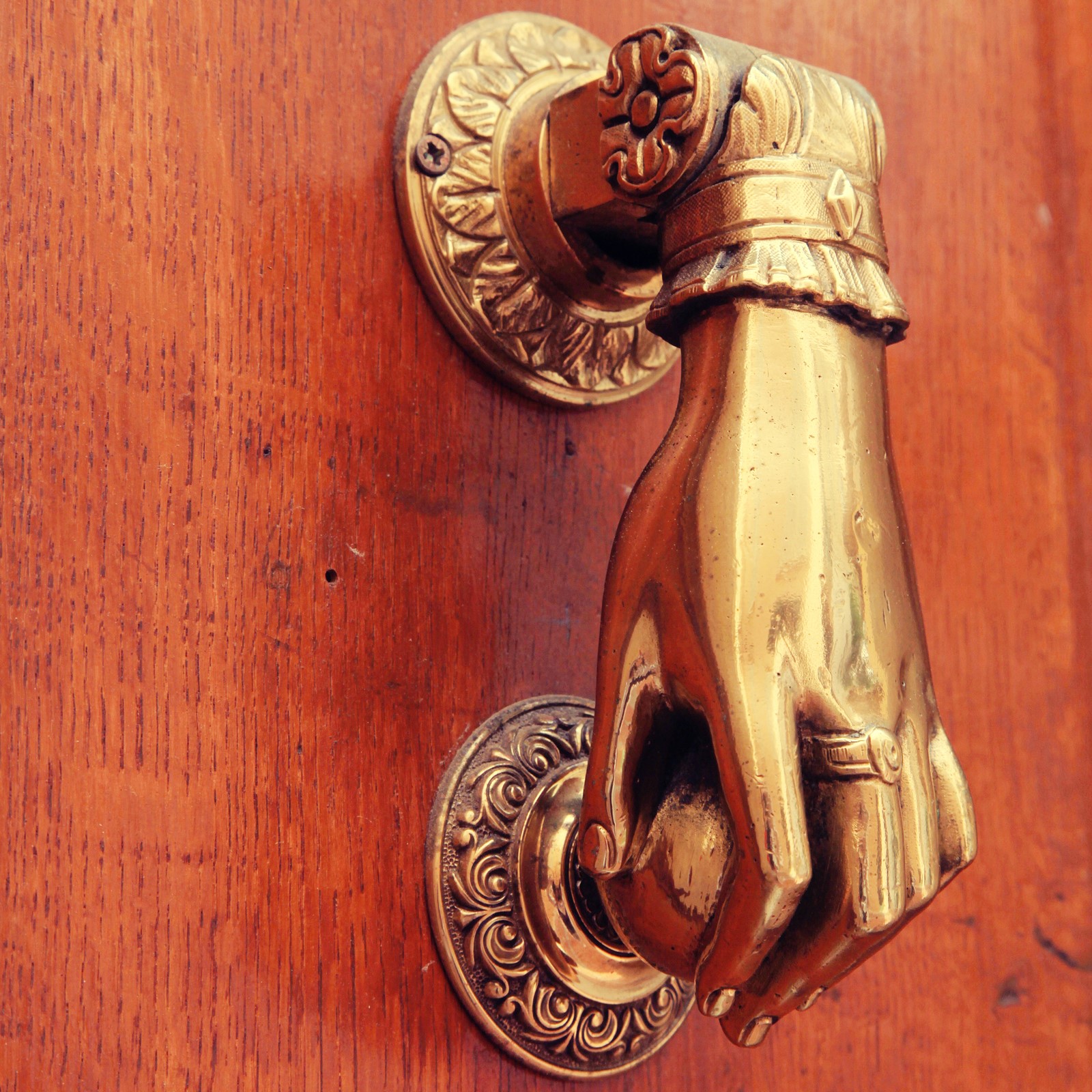For so long, standard brass sheet metal suppliers, such as Rotax Metals, have made their business thrive due to the popularity of brass itself as a sublime décor. As an architectural embellishment, brass is heralded for its high-class look, top-notch corrosive resistance, and its workability in terms of joining, plating, polishing, and finishing. Several scientists, however, have discovered one specific quality of brass that goes beyond simple aesthetics.
In a study published in the journal Molecular Genetics of Bacteria, researchers from Southampton University in the U.K. have found that copper and its alloys exhibit excellent antimicrobial properties, after observing bacterial DNA samples rapidly degrade on the metals’ surfaces even at room temperature. The longevity of potentially harmful bacteria have been observed on surfaces such as stainless steel before, but compared to copper and copper alloys, bacteria stay for hours on the former and die within mere minutes on the latter.
If you’ve ever heard of the particular term “contact killing,” it was coined from exactly the same process. In truth, the antimicrobial properties of copper and its alloys have actually been identified millennia prior, but only now has it gained renewed attention. The rate of contact killing on copper surfaces has been identified at 7 to 8 logs per hour, wherein no living microorganisms were recovered from the surfaces after lengthy incubations.
This antimicrobial effect is also known as the oligodynamic effect, which is defined as a toxic effect that specific metal ions have on living cells, such as algae, molds, fungi, and even viruses, even in minute concentrations. The oligodynamic effect is especially present in 17 different metals, with copper being one of them. One of various bacteria strains that prove inferior to the oligodynamic effect is the dreaded E.coli O157:H7 strain, which survives for much shorter on copper and brass surfaces than on stainless steel.
Such information now has shed new light on the usage of brass in every conceivable application, including architecture. Another study, which involved observing hospital doorknobs, puts forth rather interesting findings: aluminum and stainless steel doorknobs are profound bacteria hotbeds, while brass and copper ones are basically bacteria-free. In addition, the latter have also been shown to partially disinfect themselves in just 15 minutes.
Brass sure does look elegant, but as scientific data have shown, they’re more than just eye candy. So if your home has a considerable amount of fixtures made from metals other than copper or brass, you’d do well visiting local brass suppliers soon to start disinfecting your home.


